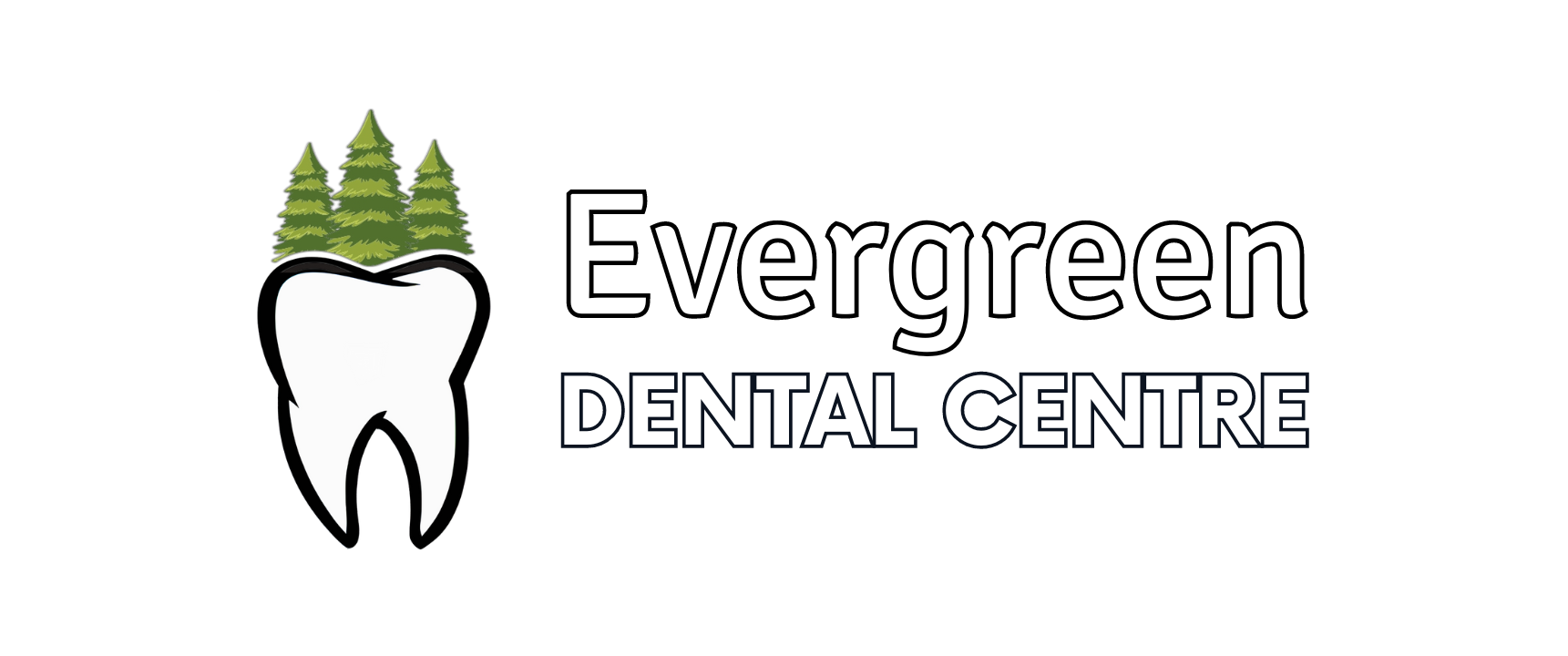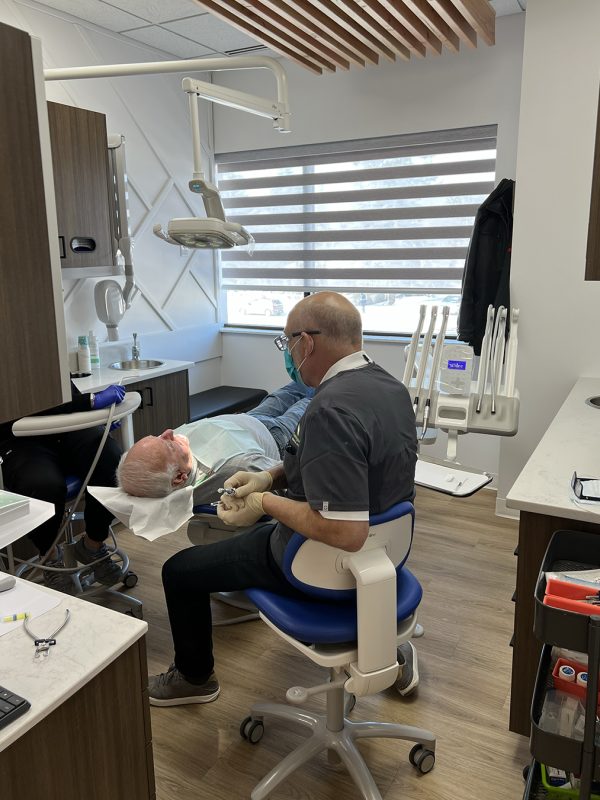Flossing is an essential part of daily oral care that goes beyond what brushing can achieve. Many people are unaware of the significant benefits of flossing in maintaining optimal oral hygiene. While brushing gets most of the spotlight, flossing works behind the scenes, keeping your teeth and gums healthy. In this article, we will explore the top 5 benefits of flossing, guide you on how to floss properly, and share tips on when and how often to floss for maximum results.
Table of Contents:
- What is Flossing?
- Top 5 Benefits of Flossing
- How to Floss Properly
- When to Floss: Best Practices and Tips
- Conclusion
What is Flossing?
Flossing is the act of using a thin, flexible piece of string—dental floss—to clean between your teeth and along the gumline. It helps remove food debris and plaque buildup from areas that a toothbrush alone may not reach. Flossing is typically recommended as part of a daily oral hygiene routine, alongside brushing and mouthwash, to prevent oral health issues such as cavities and gum disease.
Top 5 Benefits of Flossing
Flossing is more than just a supplementary part of your oral care routine; it provides several key benefits that contribute to long-term dental and overall health. Here are the top 5 benefits of flossing:
1. Prevents Gum Disease
Gum disease, such as gingivitis and periodontitis, starts with inflammation caused by plaque buildup. Flossing effectively removes plaque and food particles from between your teeth and along the gumline, where your toothbrush can’t reach. This helps prevent the inflammation that leads to gum disease, which can cause gum recession, tooth loss, and even contribute to more serious health problems.
2. Reduces the Risk of Cavities
Cavities form when bacteria in plaque produce acids that eat away at tooth enamel. While brushing helps, food particles and plaque can easily get trapped between your teeth. Flossing removes these particles, preventing bacteria from producing acid and reducing your risk of cavities.
3. Improves Bad Breath
Food particles trapped between your teeth can decay, producing unpleasant odors that contribute to bad breath (halitosis). Flossing removes these food particles, eliminating a primary source of bad breath and leaving you with fresher breath.
4. Decreases the Likelihood of Tooth Sensitivity
Gum recession occurs when the gum tissue around your teeth pulls away, exposing the sensitive root areas. This can lead to tooth sensitivity, discomfort, and even tooth loss. Flossing helps maintain healthy gums, preventing gum recession and keeping your teeth strong and secure.
5. Enhances Overall Health
Studies have shown a possible link between poor oral health, including gum disease, and systemic health conditions such as heart disease, stroke, and diabetes. Maintaining good oral hygiene, including regular flossing, can contribute to your overall health and well-being.
How to Floss Properly
Flossing is most effective when done correctly. Here’s a step-by-step guide to ensure you’re flossing properly for optimal results:
- Choose the right floss (waxed, unwaxed, dental tape, etc.) based on your needs and dental structure.
- Cut about 18 inches of floss to have enough for easy handling and a clean section for each tooth.
- Wrap the floss around your middle fingers, leaving a few inches between them, and use your thumbs and forefingers to maneuver it.
- Gently slide the floss between your teeth using a back-and-forth motion. Avoid snapping it to prevent gum damage.
- Curve the floss into a ‘C’ shape around each tooth and gently slide it up and down against the tooth surface, reaching just below the gumline.
- Use a clean section of floss for each tooth, including the back teeth, to ensure thorough cleaning.
- Rinse your mouth with water or mouthwash to remove loosened debris and bacteria after flossing.
When to Floss: Best Practices and Tips
To maximize the benefits of flossing, it’s important to know when and how often to incorporate it into your oral hygiene routine. Here are some best practices and tips:
Floss Once a Day
It’s recommended to floss at least once a day. Flossing helps remove plaque and food particles before they have a chance to harden into tartar, which is more difficult to remove. Whether you prefer morning or night, consistency is key to achieving optimal oral health.
Floss Before or After Brushing?
While the timing of flossing doesn’t matter significantly, many dental professionals suggest flossing before brushing. This allows you to remove debris and plaque between your teeth, leaving your toothbrush to remove the loosened particles and freshen your breath. If you prefer to floss after brushing, that’s fine too; just make sure to do it regularly.
Best Time: Right Before Bed
Flossing before bed is highly recommended because it removes food and plaque buildup from the entire day. At night, your saliva production decreases, making it harder for your body to naturally wash away food particles. Flossing before sleep ensures your mouth is clean overnight.
Use Flossing as Part of a Complete Oral Care Routine
Flossing should be used alongside brushing and mouthwash. While brushing cleans the surface of your teeth, flossing reaches between teeth and along the gumline, where toothbrushes can’t reach. Use mouthwash to rinse away bacteria and freshen your breath.
Don’t Rush
Take your time when flossing. Rushing through the process can mean missing areas between your teeth. Spend a few seconds on each tooth to ensure you remove all plaque and debris.
Conclusion
Flossing is more than just a string—it’s a vital tool in your oral care routine. Don’t underestimate its power compared to your toothbrush, as it can lead to significant improvements in your oral and overall health. The benefits of flossing include preventing gum disease, reducing the risk of cavities, improving bad breath, and even supporting your heart health.
If you haven’t had a dental checkup recently or need personalized advice on your oral care routine, consider scheduling an appointment with us today. Our team is here to help you achieve the best possible results for your overall health.















